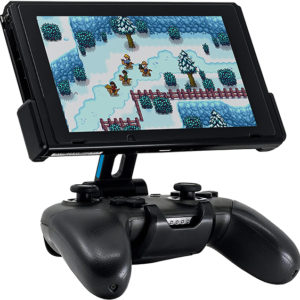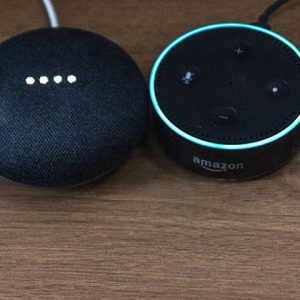Network Attached Storage: Getting Started (Part 2)

In the previous article, we looked at how NAS4Free could be used to stream media throughout your house. However, let’s take a second to check ourselves and consider some alternative options.
NAS solutions are coming down in price. Network attached storage is offered fully-configured by several big-name technology suppliers, and that doesn’t require any additional hardware. Consider that – no upkeep, no danger of losing data. Just the initial outgoing cost. It bears thinking about.
Ready with your compatibility-checked, NAS4Free-certified hardware? Then let’s go.
On a machine with access to the internet, Google for ‘NAS4Free’ and download the software. It’s distributed as an ‘ISO’ (.iso) file. That means you might need some additional software to be able to use it – Google around for a suitable ISO burner which will allow you to open up the software you’ve just downloaded.
The ISO is an image, ready to be burned straight on to a CD-ROM or USB stick. NAS4Free officially support both, but documentation is more widely available for the CD-ROM installation method.
Boot up the hardware you’ve put together and make sure that you boot in to the CD or USB stick. Depending on your manufacturer, you’ll have to hold down a specific key during startup (before the ‘welcome chime’ that lets you know the computer is on – it’s the one that isn’t a single-pitch ‘beep’) to be able to do this. If you watch for a screen to appear while you’re booting up, it will suggest a range of different keys you can press to ‘Boot from…’ or ‘Enter BIOS’, access ‘BIOS settings’ or similar. You’ll need to change the boot order of the hardware you’re installing to – if this is all new to you, Google for a guide. The PCadvisor guide is very helpful, and walks through step-by-step.
Once you’ve booted on to the disk image, you’re ready to go. There’s a Graphical User Interface (GUI) to make your installation journey as pleasant as it can be. It’ll also walk you through getting your data on to the newly-born NAS (network attached storage) hardware, adding additional storage and configuring it for your personal network.
So, your NAS is good to go. Now how do we get at that stuff?
Accessing your data from a NAS
Nine times out of ten, accessing data remotely is down to a router problem. That’s the little box that beams out your wireless network over your house. With that in mind, it’s best to make sure any niggling issues are out of the way there, first.
To access your router’s settings, you’ll need a fully functional computer with a browser (like Internet Explorer, Firefox, Chrome, Opera and so on). Google for ‘(your router make) settings’ and you’ll discover how to access your router’s options dialogue. Once in, you’ll need to look for two major things. The first is ‘UPnP’, which means ‘Universal Plug n’ Play’. We want that turned on. Without it, your network will probably never ‘see’ your new NAS.
You’ll also want to look for any settings that monitor or control ‘DLNA’ (Digital Living Network Alliance) devices and make sure they’re letting DLNA devices do whatever they want. Any constraints on this are secretly constraining UPnP protocols, too.
With your router good to go and your NAS brimming with your data, let’s connect to it. There are a whole host of ways to do this. For an exhaustive list, Google for ‘DLNA applications’.
If you’re using a PC or Mac, iTunes will hook straight in to your NAS if it’s happily configured. You can use it to play movies and music alike. Other media players – such as Foobar and Windows Media Player – should play ball too.
If you’re using an iOS device, I’ve never had any issues with PlugPlayer. If the old-school layout makes you cringe, there’s a great contemporary in AirPlayer (note – that’s an app, not Apple’s built-in proprietary ‘AirPlay’ feature). If you’re on an Android device there are a host of options available through the Google Play store.
Of course, you can access the NAS directly through your OS too, or through a compatible FTP (File Transfer Protocol) client, such as the free Filezilla. There are a bunch of ways to transfer information to and from your device, and access its streaming capabilities from your own with no further configuration. That’s part of the magic of using NAS.
If you’re feeling particularly adventurous, you can partner a well-stocked NAS with an Apple TV, or Microsoft’s forthcoming Xbox Glass project to wirelessly transmit data from your NAS, through your own device (say, a smartphone) to your living room speakers or television – all without any wires. It’s not an onerous setup – in fact, we’re done – and the kinds things you can do will at very least make you feel as if the future has arrived.
Any more ideas on using NAS, or general contributions? Feel free to leave a comment in the section below.



